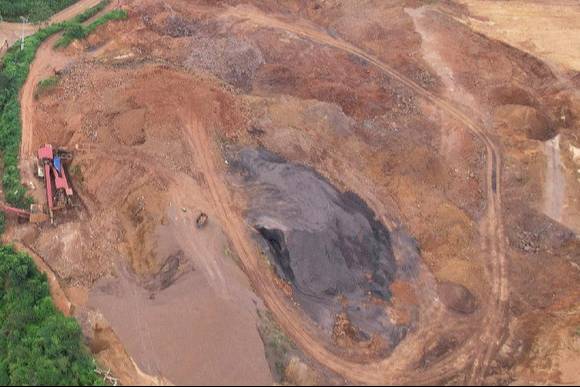On November 21, 2024, the Minister of Natural Resources and Environment issued Circular 21/2024/TT-BTNMT, outlining technical regulations for the investigation, assessment, and exploration of rare earth mineral resources.
Notably, Viet Nam will employ GeoAI technology in assessing rare earth mineral resources. GeoAI applies artificial intelligence algorithms to aggregate and analyze geological data, and its use is encouraged throughout the investigation and evaluation process of rare earth minerals.
According to the circular, the evaluation of rare earth minerals includes:Data collection, processing, and analysis of collected materials; Justifying and determining the network, methods, and scope of work for evaluating rare earth mineral resources; Geodetic surveys to support geological, geophysical, excavation, and drilling projects; Field surveys along routes combined with ground-based gamma measurements and gamma spectrometry in selected prospective rare earth areas; Gamma measurements of boreholes and drill core samples and geophysical logging to delineate the scale and size of rare earth ore bodies within excavation projects and identify ore positions in boreholes; On-site rapid analysis using portable XRF or equivalent equipment.

For ion-adsorption type rare earth minerals, the circular specifies: Electrical depth sounding to estimate the thickness of the weathering crust for delineating prospective rare earth areas.; Excavation (exposing outcrops, pits, trenches, and wells) and drilling to collect samples for analyzing and determining rare earth content; Sampling and technical analysis of materials from excavations and boreholes; Hydrogeological and engineering geological assessments of rock characteristics in the rare earth mineral evaluation area.
The gathered data and analysis results will be synthesized to delineate areas with rare earth deposits meeting resource estimation criteria.
Based on the classification, rare earth mineral resources are divided into two main categories: Defined Resources: Resources assessed and determined using geological, technical, and economic methods; Inferred Resources: Resources estimated based on geological indications but not yet detailed.